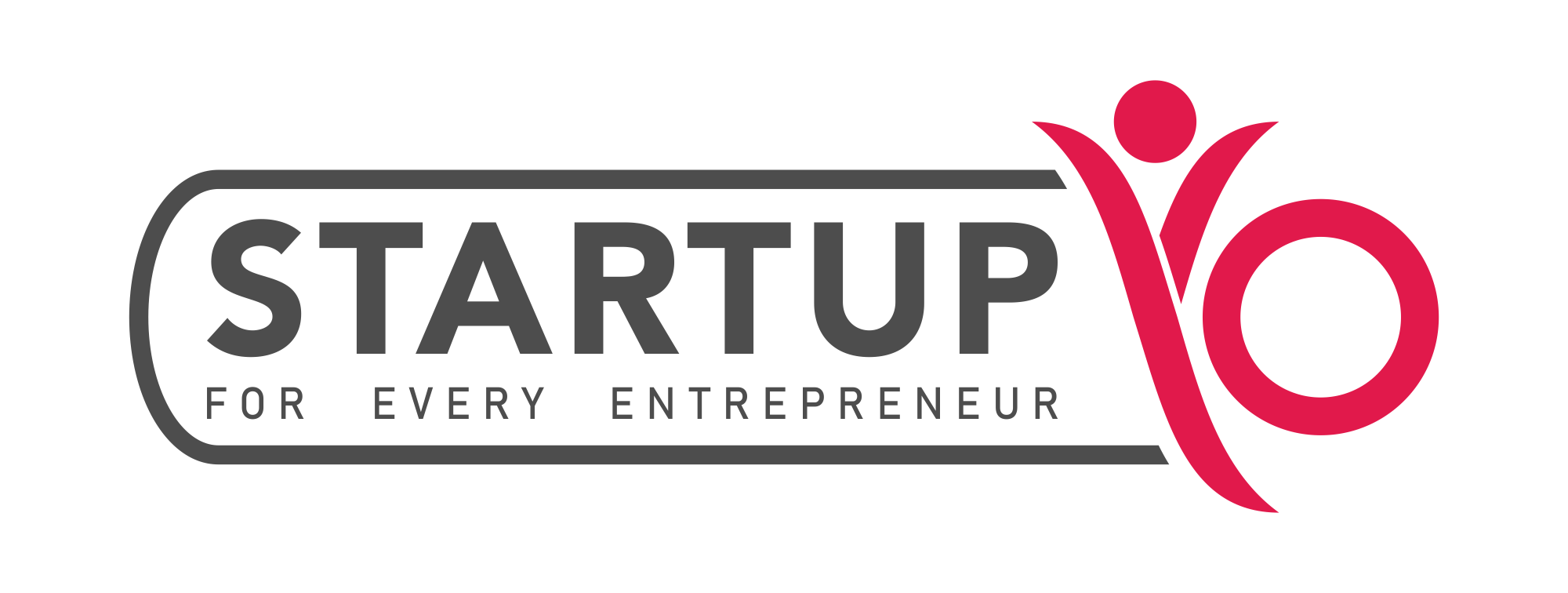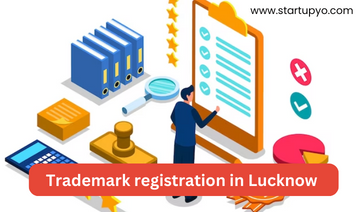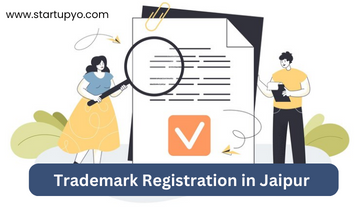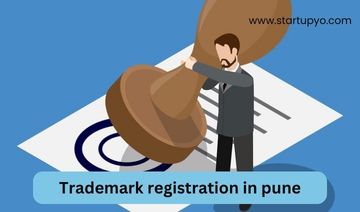What is IEC Code: A Closer Look at Trade Identification
International trade is now easier to reach than ever in today’s linked world. Companies of all sizes are broadening their views, investigating new markets, and embracing chances abroad. The Importer Exporter Code, or IEC code for short, stands out as a vital prerequisite to traverse this global environment.
In this essay, we set out to explore the IEC code’s relevance, intricacies, and applications. Understanding this essential code is the key to opening up a world of opportunities, whether you’re an experienced international trader or a beginning businessperson interested in exploring foreign markets.
The IEC code in full form is the Importer Exporter Code. It is a 10-digit code given to people or companies who want to conduct overseas business by India’s Directorate General of Foreign Trade (DGFT). The IEC code is a particular identification number for Indian importers and exporters. Its significance is briefly explained as follows.
- Mandatory Requirement: Anyone wishing to import or export products and services from India must first get an IEC code. International trade interactions are only possible with it.
- Uniqueness: Each IEC code is specific to the person or business entity it belongs to. The tracking and identification of exporters and importers are made more accessible.
- Bank Transactions: Banks use IEC to clear shipments and are mandated for foreign currency transactions.
- Government Regulations: The government uses the IEC code to track and manage international trade and gather information on imports and exports.
- Validity: Once obtained, IEC codes are valid indefinitely and do not require renewal. Unless modifications are needed, they are valid throughout the duration of the entity.
- Application Process: A request for an IEC code must be made to the DGFT, together with the required paperwork and payment. Usually, the code is provided within a few business days.
- Use in Customs Documentation: Documents for IEC codes are used in customs paperwork and shipping bills to clear goods at ports.
The IEC code is a critical prerequisite for individuals and organizations in India involved in international trade. It permits easy transactions in the international market and makes it easier to comply with governmental requirements.
ReadMore: What are licenses needed for import-export business in India?
Import Export Code Registration
Importer Exporter Code, or IEC, is a registration needed for companies engaged in foreign trade in India. To obtain an IEC code, you can generally take the following actions.
- Go to the online portal designed for IEC registration or the Directorate General of Foreign Trade (DGFT) website.
- Complete the IEC application form (ANF 2A) with all required information, including company information, PAN card, bank information, and passport-sized photos.
- Submit the necessary paperwork, which usually consists of your PAN card, proof of address, and a bank certificate. Depending on the nature of your firm, the precise list of documents may change.
- Pay the required IEC registration cost. Depending on your business categorization, the charge could change.
- Apply through the portal online after you’ve finished it and paid the price.
- After submission, You will receive an Application Processing Number (APN). This number can be used to check the progress of your application.
- After reviewing your application, the DGFT will grant you an IEC certificate if everything is in order.
Examining the most recent rules on the official DGFT website or speaking with a specialist is crucial. The particular requirements and procedures may change.
Import Export License Fees India : Budgeting for International Commerce
According to several variables, including the type of goods, the nature of the business, and the length of the license, different import and export business licensing costs may apply in India. For the most current and detailed information regarding import and export license costs in India, it’s vital to verify with the relevant government agencies or consult an expert. Contact the Directorate General of Foreign Trade (DGFT) for comprehensive fee schedules and requirements, or visit their official website.
ReadMore: How to Select a Product for Export Business?
The Core Components of Import-Export Policy
The term “import-export policy” refers to laws, policies, and procedures that control how products and services are transported across international borders. These regulations aim to maintain trade balance, safeguard national security, defend domestic industries, and advance economic progress. Commonly included in import-export policies are the following
- Tariffs: Imported items are subject to these charges. They can be used to raise money for the government, shield home businesses from international competition, or advance specific industries by lowering or removing import taxes that are connected to them.
- Quotas: Quotas restrict the volume of particular items that may be imported into a nation over a predetermined period. They protect domestic businesses and regulate the supply of particular goods.
- Trade Agreements: Countries frequently establish trade agreements to lower trade obstacles like tariffs and quotas. These agreements, which can be bilateral or multilateral and involve some different nations or areas, are meant to promote open markets and economic cooperation.
- Export Subsidies: To promote exports, several governments offer financial incentives to their domestic companies. This financial aid may come from grants, tax benefits, or low-interest loans.
- Export Controls: To safeguard national security interests or adhere to international accords, governments may impose export restrictions on specific products, technologies, or services. Import and Export business permits and limitations on technology transfer are just two examples of these measures.
- Trade Promotion: Governments frequently assist export-oriented industries by funding trade promotion initiatives, including trade missions, fairs, and market studies.
- Customs Procedures: Import-export policies also describe the criteria for customs clearance, documentation, and inspections.
- Intellectual Property Rights: Policies that safeguard intellectual property are essential because they guarantee that trade secrets, trademarks, copyrights, and patents are upheld internationally.
- Sanctions: Some countries impose trade sanctions on other countries to advance their political or economic objectives. Trade with the targeted nation may be hampered or prohibited by these sanctions.
Import-export regulations can differ widely from one nation to the next and evolve through time in response to political, economic, and trade alterations. Businesses engaged in international trade must understand how to comply with these regulations and conduct successful cross-border business.
Conclusion
Obtaining an Importer Exporter Code (IEC) is crucial for companies wishing to participate in global trade. This distinctive identifying number makes customs processing easier and provides access to international markets. Getting an IEC is now easier than ever, thanks to government measures to simplify the procedure and the simplicity of online applications. It demonstrates a country’s dedication to facilitating global trade and fostering economic development. Therefore, obtaining an IEC might be crucial in broadening your horizons in the worldwide marketplace, whether you’re a small startup or an established corporation.
FAQ’s
How to update IEC code online?
Visit the DGFT (Directorate General of Foreign Trade) website, log in, and choose the “Modify IEC” option to change your IEC (Import Export Code) online. Complete the necessary information, submit the appropriate files, and pay the fee online. Your IEC code will be changed after it has been accepted.
How to get an import license in India?
Establish a legal business entity. Ask the DGFT for an Importer Exporter Code (IEC). Decide on the right import license category. Finish the necessary application paperwork and submit the required paperwork, including bank certificates, PAN cards, and more.
Is there a validity period for an IEC code?
IEC codes do not have a set expiration date; instead, they remain in effect indefinitely unless they are canceled or given up by the holder. To maintain the DGFT’s continuous validity, it is crucial to keep the contact and address information up to date.
Can an individual or business have multiple IEC codes?
No, a person or business is only permitted to have one IEC code. It is prohibited to use more than one IEC code for a single entity.
Is an IEC code mandatory for all imports and exports?
Yes, for all imports and exports, an IEC code is typically required. It is necessary for the clearance of customs, foreign business, and adherence to Indian government rules.



